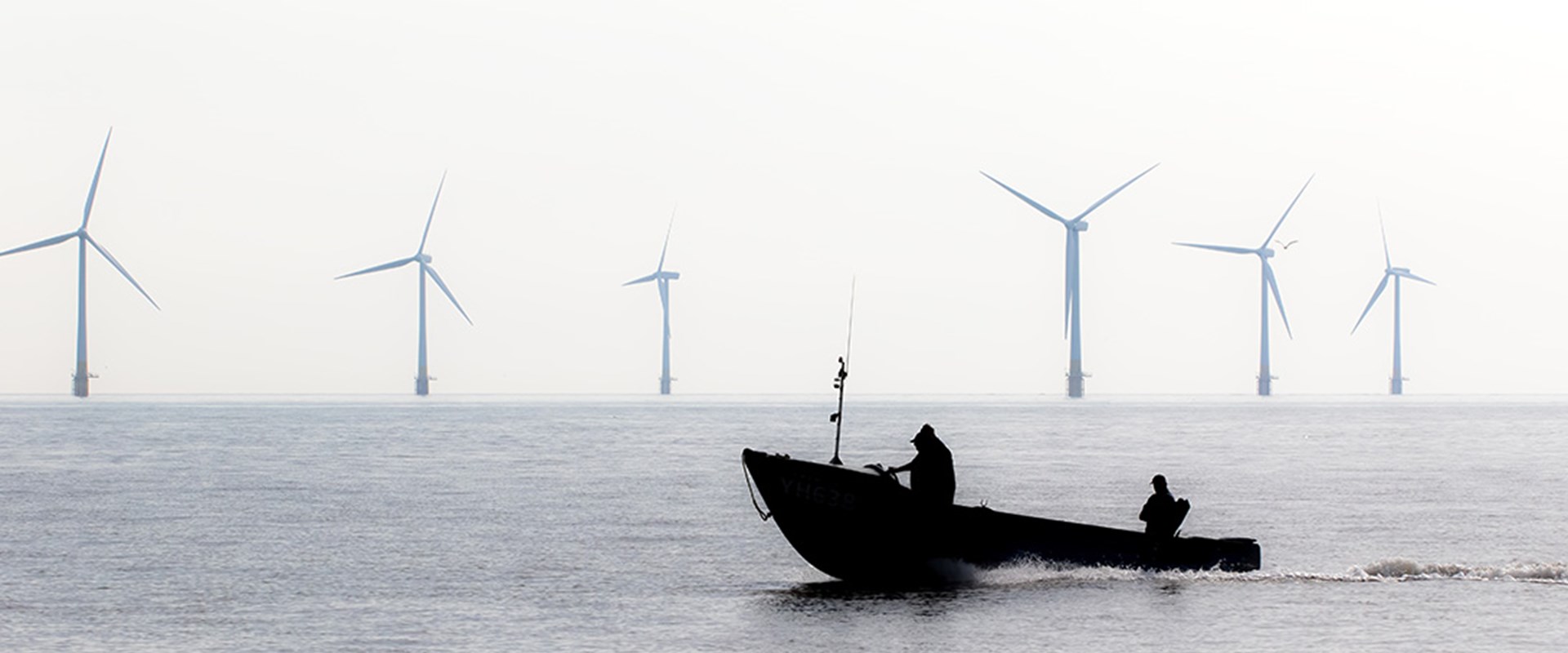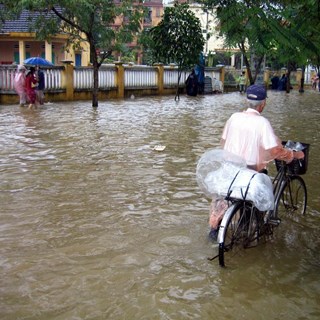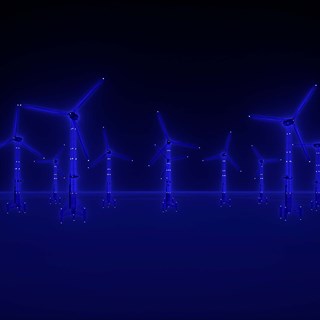
14 April 2020
As we enter the third decade of the 21st Century, we are being assailed on all fronts by transformational changes in technology, business models, autonomous systems, new manufacturing technologies all resulting from the Fourth Industrial Revolution. As a result, we will see ever increasing demand for clean energy, particularly electricity. As existing green energy developments start to meet restrictions around accessibility, concentration and availability of “real estate”, many see Floating Offshore Wind (FLOW) as a viable, indeed necessary method for meeting these energy demands. There are however many challenges to be overcome. One of these challenges will be security and resilience. As the sector develops, we now need to adopt highly agile and progressive approaches to security in a collaborative manner working with our colleagues in other areas of the energy sector.
The UK Department Business Energy and Industrial Strategy, through the Offshore Wind Sector Deal, recognises this change with clear recommendations across the sector including around technology and innovation. Looking in more detail at the sector deal, it contains a wealth of recommendations and provides the UK with a real opportunity maintain a position as a leading innovator in the global offshore wind sector.
The new multi-role technologies such as robotics, autonomous systems, data and analytics, 5G communications and AI and their deployment in the wind sector are being developed rapidly. This innovation is being driven by global demand in consumer markets and other civilian applications. Let’s speculate for a moment about just how our offshore wind energy will look in this new advanced technology future, driven by the Fourth Industrial Revolution.
We will see highly automated platforms, of ever increasing capacity, exploiting advanced communications technologies such as 5G, with on-board sensors and intelligent systems, using lightly manned semi-autonomous, and in time, un-manned and fully autonomous capabilities to support them and monitor the environment around them. New and novel architectures to implement Supervisory Control and Data Acquisition (SCADA) Systems will be deployed. They will operate seamlessly with digital, inter-connected land-based infrastructure, to drive up efficiency and productivity through the imaginative use of data analytics and AI. The asset data from disparate sources both ashore and on the platforms, combined with Metocean data relevant to the area of operation will be managed using technologies such as block chain to quickly, securely, and accurately, connect owners, operators, maintainers and consumers through complex supply chains, with real time information about their performance and operational status.
During times of reduced energy consumption, the systems will automatically transfer to using the capacity for generating other fuels (such as hydrogen and ammonia) either locally or ashore at appropriately equipped terminals. This will lead to greatly enhanced energy productivity and operations serving the ever-increasing demand for low cost clean energy. Alongside this we will need to drive regulatory change, enabling these potential new operating paradigms and alongside this, the need for new operating practices and procedures. A key element will be the ability to maintain and safeguard the required high levels of physical, cyber, personnel and information security in this complex environment.
As the uptake in Floating Offshore Wind accelerates, it will give rise to several interdependent challenges for maintaining the security and resilience of the platforms and associated “value chains” managing and distributing the energy produced and throughout the enterprise:
We need to think hard about how the sector can afford to include all these requirements, It’s a capital-intensive business – the platforms and infrastructure are expensive to build, and they are built to last a long time, meaning margins are often low. Given the extent of changes the industry is under pressure to implement – new physical infrastructure, new technologies, expanded trainings for personnel – there are significant concerns around whether businesses can make the transformation a financially secure one. In the development and operational processes security will be a risk, security must not be seen as a bolt on.
As an enterprise we now need to consider:
BMT sees a future in which many local and multinational consumer companies not only thrive within the sector, but go deep into one country and then proliferate across its business environment, thus appreciating the need for collaboration and local relationships which are critical for the growth of FLOW in a data-driven world. No one company can have a complete set of skills and capabilities to take a view of the sector, we need to blend experts in energy and energy supply with experts in platforms design and development, experts in data and analytics and experts in security and cyber, To deliver this as a unified, connected system and to get all the necessary economic benefits, we need to work together to bridge these different silos and encourage cross-interest collaboration.

A co-author of the ‘Global Marine Technology Trends (GMTT) 2030’, ‘GMTT 2030: Autonomous Systems’ and a regular contributor and commentator about Smart Ships for the IET, RINA and Chartered Institute of Ergonomics and Human Factors institutions, Richard is currently looking at the impact the fourth industrial revolution will have on the maritime sector.
His expertise in maritime projects is extensive and he has played a progressive role in advancing issues about autonomy in transport, digital transformation, intelligent and autonomous systems, quantum technology and as well the fourth industrial revolution.
He is a Chartered Electronics Engineer, a Fellow of the IET, a Fellow of the Royal Institute of Naval Architects and a Fellow of the Royal Society for Arts, Manufacture and Commerce.

N/A
Our best defence against extreme weather events such as storm tides can be the restoration and enhancement of coastal ecosystems.

John Skelton
The scale of the climate and environment emergency we face is recognised by most organisations, but how do we tackle the challenge of developing robust action plans in asset management?

Adam Jones
Is stewardship of water the missing piece of the puzzle for green hydrogen?

N/A
With meticulous planning, offshore wind development projects can curtail early challenges.